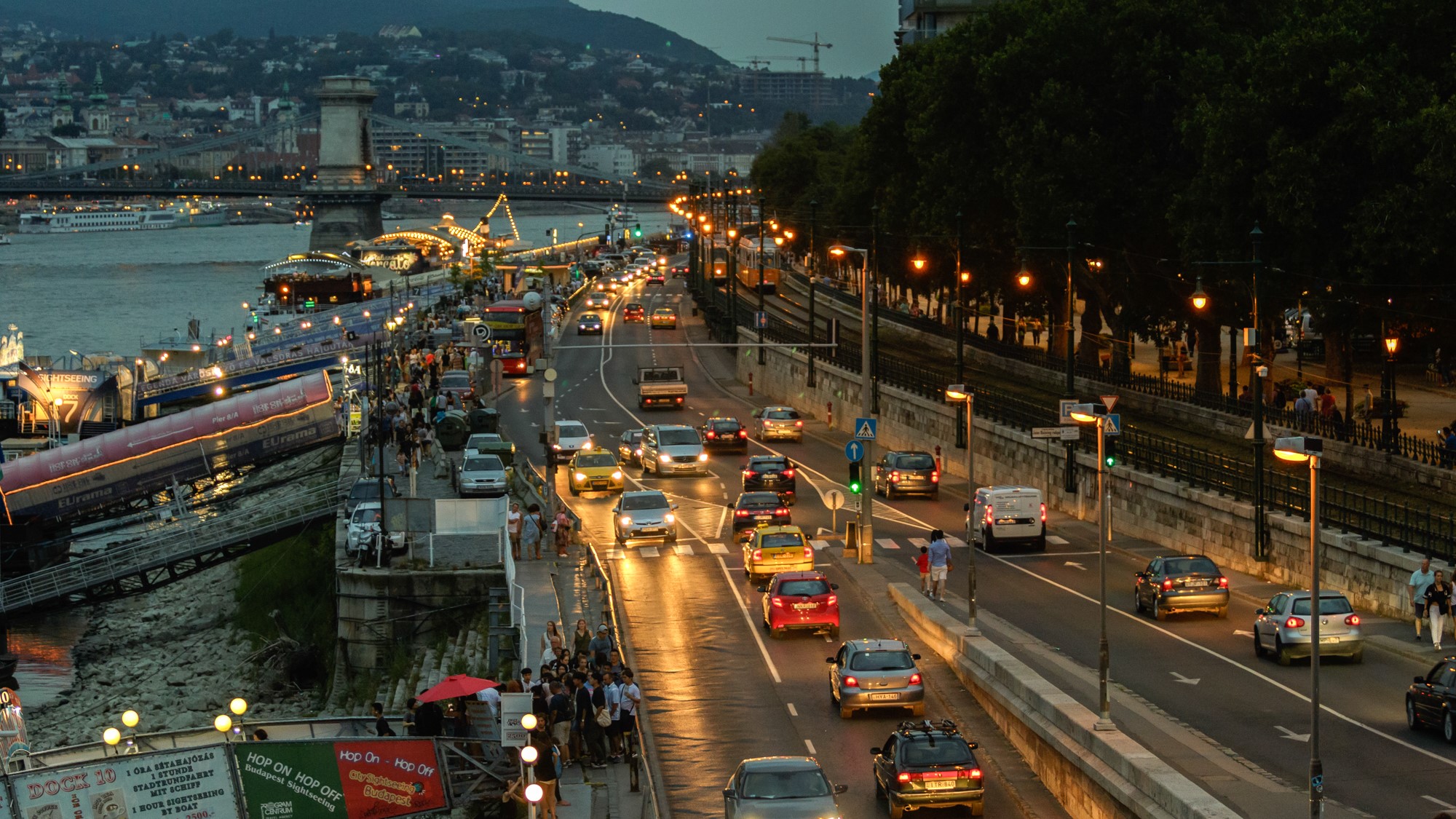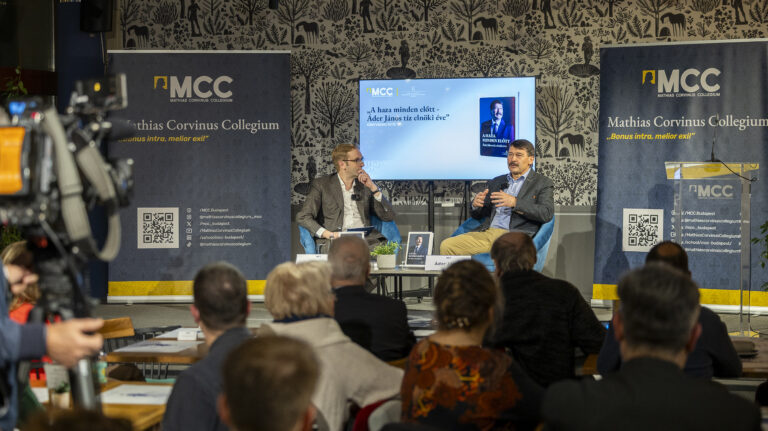Budapest has launched its first integrated transportation exhibition and training centre, WEMOVE, dedicated to showcasing the future of urban mobility. The initiative is a collaboration between the Future Mobility Association, the Hungarian Automobile Club, and the Westend shopping centre.
András Kárpáti, president of the Future Mobility Association and one of the organizers, explained that the park was created to introduce all generations of commuters to both current and future modes of transport. He emphasized that within its first opening weekend, WEMOVE attracted over a thousand visitors, highlighting the importance of not only developing new transport technologies but also shaping public attitudes toward mobility.
WEMOVE invites visitors to experience the daily life of a future urban commuter, whether as a cyclist, scooter rider, delivery driver, or electric car user. During the first few days, guests could try out the latest micromobility and micrologistics vehicles, as well as electric cars, and even experience realistic traffic situations through simulators—all free of charge.
Kárpáti stressed that different travel situations call for different types of transportation; there is no one-size-fits-all solution such as always using a car, a bike, or public transport. The goal is to shift public thinking towards seeing everyone simply as commuters, choosing the best option based on each situation.
The Future Mobility Association also reported strong growth in the use of electric vehicles in Hungary. In 2024 the sale of purely electric cars hit a new record, with over 77,000 EVs on the road by the end of the first quarter. By the end of June experts predict that 85,000 fully electric cars and nearly 130,000 green license plate vehicles will be registered, making up 2.9 per cent of Hungary’s total vehicle fleet.
Electric scooter ownership has also surged, surpassing 100,000 private devices by the end of 2024.
WEMOVE plans to open at least once a month, offering a constantly updated range of vehicles, thematic programmes, and new partners to explore the evolving world of urban transport.
Related articles:







